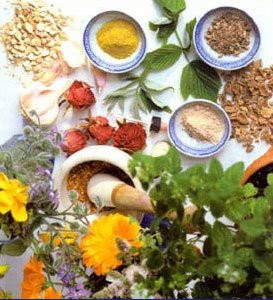In this article David explains his journey into Ayurveda, and it’s application to our lives.
by Guest Author David Timbs ND, Dip Ayur (India), Dip Acup, BEd
One does not discover Ayurveda, or discover that Ayurveda is something removed from whom we are.
Ayurveda by definition is “the Science of Life and Longevity”, we are already ‘in’ Ayurveda as long as we are already ‘in’ life.
When studying Polarity Therapy, back in 1978-9, I learned much about Ayurvedic diet principles, the five element theory and some of Ayurvedic history. However, back then there were no Ayurvedic courses offered for westerners. So; after further study that included some Chiropractic study, Naturopathy, Acupuncture and Iridology; I discovered Dr Robert Svoboda’s correspondence course being offered through Dr Vasant Lad’s Ayurveda Institute .
That started my formal study into Ayurveda and later introduced me to some great minds and human beings.
In 1992 I visited India for the first time to stay for one month at an ashram in the Punjab. Synchronistically, there was an International Ayurveda conference taking place in Pune, India, immediately after I was leaving the ashram. I grabbed the chance to attend the conference, organised by the Institute of Indian Medicine/Ayurveda Academy which is headed by Prof Dr P H Kulkarni.
Prof P H Kulkarni asked me to deliver an impromptu paper at that conference. After this I decided to start a Diploma in Ayurveda correspondence course through Dr Kulkarni and the Ayurveda Academy. This entailed two years of study and another trip to Pune in 1995 to deliver a second paper, this time at the 1st International Seminar on Complementary Medicine, where I also gave the closing address. At the formal award presentation, Prof Dr P H Kulkarni presented me with my Diploma in Ayurveda (Dip Ayur, India).
The paper I presented at this International Seminar was How Ayurveda can create economic and social change, and was based on a 6 month full-time training program I was offering for the long term unemployed. Along with formal Ayurveda theory, the students did organic gardening, vegetarian cooking and an exercise element. Many students have since gone on to become school teachers or nurses – I found that interesting!
This training programme demonstrates that applying Ayurveda to one’s life is like a life-long personal development course. Ayurveda, like Yoga, teaches us to observe ourselves 24/7. Simply knowing you are observing yourself is how the ‘feedback loop’ works. Everything we do and expose ourselves to can have some affect on us. Our actions and/or the environment balances us or imbalances us. Knowing Ayurvedic theory as a matrix or framework that connects all things together give us soe context with which to process this information. This 5000 – 6000 year old system is therefore a useful ‘tool’ to evaluate and treat ourselves.
For example, if it’s hot and I’m about to eat, I’ll choose cooling foods such as salad. If I’ve been rushing around doing a lot of little chores in a cold wind, I’ll eat very earthing cooked roast root vegetables as my next meal. In winter when it’s cold and wet, and I’ve been inactive, I’ll eat warm/hot, spicy food more often. OIn this way, your food is your medicine, and your medicine your food.
Many Ayurvedic practitioners treat clients similar to any modern western practitioner – we assess the clients’ inherent constitution and prescribe herbs or other substances to balance out the dominant elements. A diagnosis is often done by reading pulses. In addition to reading pulses, some practitioners diagnose through astute observation, and questioning the patient.
Treatments can also include aromas, diet, lifestyle, exercise or music.
While Ayurveda developed in India, it is applicable to any culture and any era. Ayurveda is simple to apply to any person, no matter what their stage of life, elderly to infant, and love sharing this fascinating modality with my clients and those who attend my workshops.
For more information or to contact David, check out his website, Share the Yoga.

Leave a Reply